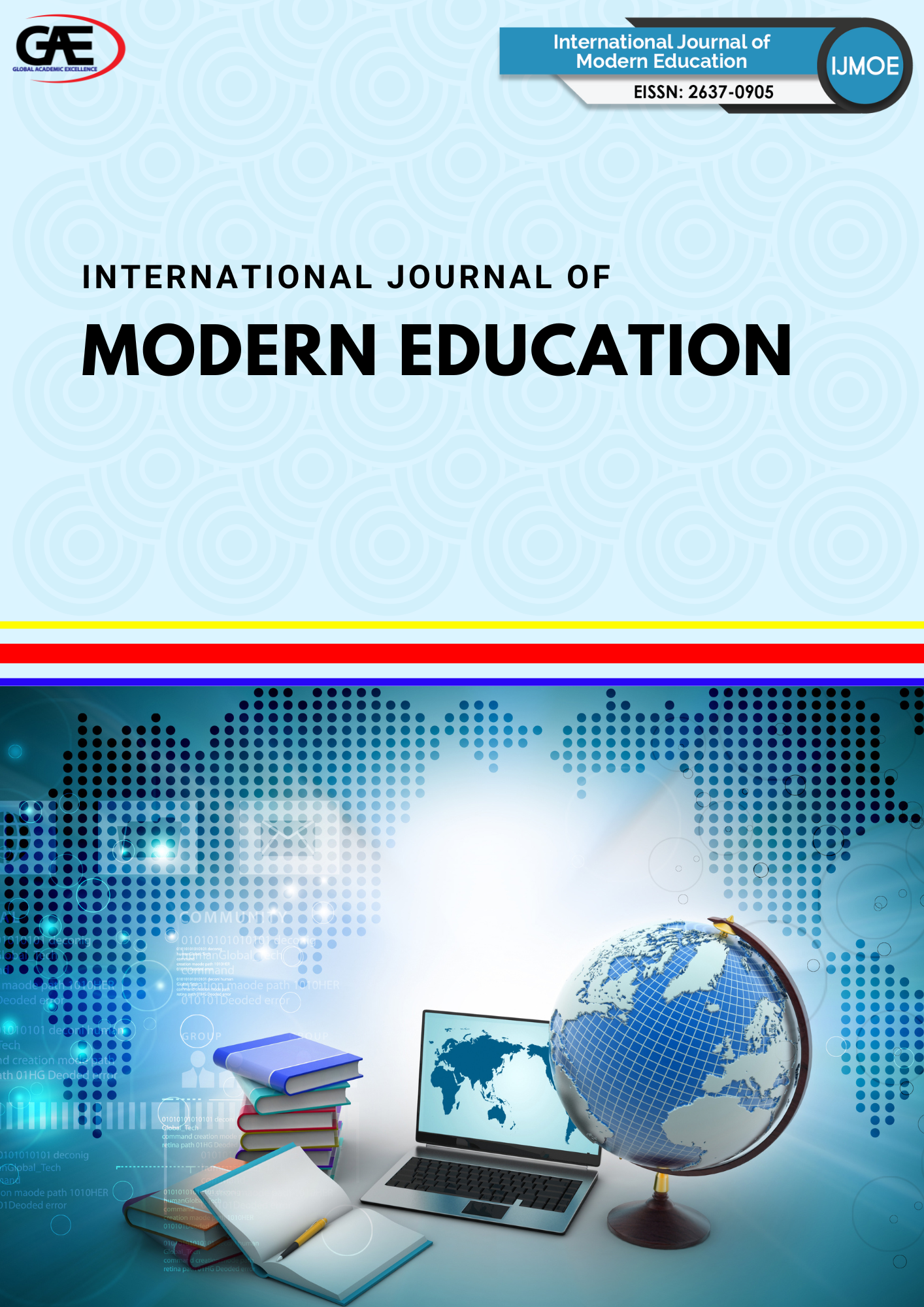STEM INTERVENTION: IGNITING MOTIVATION AND ASPIRATION TO ELEVATE MARGINALISED STUDENTS (ASNAF) THROUGH EXPERIENTIAL LEARNING
DOI:
https://doi.org/10.35631/IJMOE.726003Keywords:
STEM Education, Asnaf, Experiential Learning, School Students, STEM ActivityAbstract
This study explores the impact of a hands-on STEM intervention on the perceptions, attitudes, and aspirations of Form Three students, with a specific focus on those from Asnaf (low-income) backgrounds. The intervention conducted in a secondary school in Arau, Perlis, involved a tower-building challenge using satay sticks, designed to foster student engagement through experiential and collaborative learning. A quantitative pre-test and post-test design was employed, using structured questionnaires to assess four key constructs: interest, awareness, knowledge, and motivation toward STEM. Instrument’s reliability, descriptive statistics, and construct-level analysis were used to examine changes in student responses. The results revealed a generally positive impact of the STEM activity, particularly in enhancing student motivation and aspiration, which showed the most significant improvement. Although the domain of interest exhibited a slight declines, the overall findings suggested that experiential learning can effectively encourage STEM- related aspirations, especially for underserved learners. This study affirms the value of accessible, practical STEM interventions in supporting equitable education outcomes and highlights the need for sustained, inclusive programs designed especially in STEM education.






